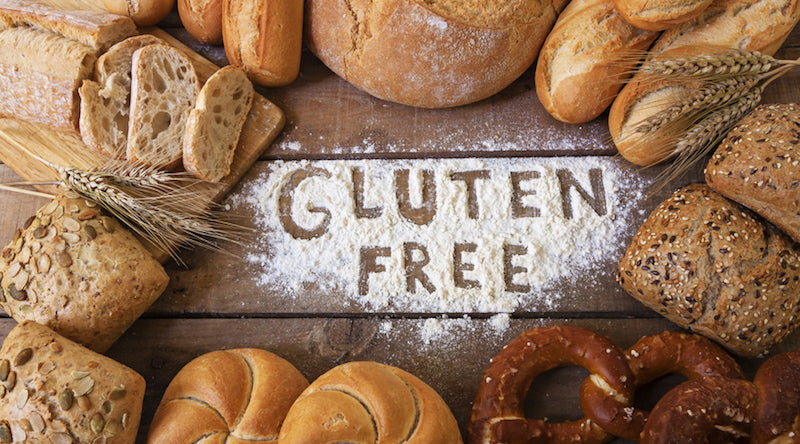
If you’re gluten free, or are thinking about cutting back on your gluten as part of your weight loss plans, don’t think that means you have to cut out grains altogether. Whole grains are an important part of a healthy diet, which fill you up, provide lots of fiber, and are rich in vitamins and minerals.
Next time you are looking for a grain for your porridge or to go with dinner, explore one of these 5 healthy, gluten free alternatives.
Teff
This ancient grain is most commonly known from its use in Ethiopian cultures, as the grain of choice for the Ethiopian flatbread called Injera. This particular bread is made by fermenting teff flour, and then steaming the fermented batter in a small pan until soft and tender. The result is a slightly sour bread which the Ethiopians use as a plate, and then pile with all their delicious vegetarian food. Teff isn’t only good because it makes delicious, but also because it is high in protein and an excellent source of iron and calcium. It is also gluten free, and as such is a healthy nutrient dense choice for vegans and celiacs.
Sorghum
This one is for all you popcorn lovers out there who are looking to move away from the corn, but not away from the satisfying pop and crunch. Sorghum is a gluten free grain and is high in B vitamins, iron and fiber and aids in maintaining heart and blood health. It is a small, round grain, which is often ground into a flour, but when left whole, behaves very much the same as corn kernels: place the grains in a pan, cover and shake and you’ll be popping in no time. Make it a tasty, yet healthy snack by tossing in some coconut oil with some salt, or sprinkling with nutritional yeast.
Amaranth
Ground into a flour or left as small grains, amaranth is an ancient grain which is often found in cereals. Amaranth is a gluten free grain option, which grows in some places as a weed. The grains themselves can be cooked whole and made into a hot cereal like porridge, or the flour can be used to make bread as well as several other savoury baked goods. It is a great source of protein, and fiber and contains healthy fats. It also is a source of magnesium, which helps you sleep, eases muscle cramps and aids in adrenal health.
Kaniwa
Look out quinoa, there’s a new guy in town! You may have started hearing of quinoa’s little sister, or baby quinoa, known as kaniwa. This grain, much smaller than traditional quinoa, cooks faster and is less chewy than it’s popular counterpart. It is still high in protein, but unlike quinoa, which comes in different colour options, kaniwa tends to be only in the red option. The big thing with kaniwa though, even more so than traditional quinoa,is that it is exceptionally high in antioxidants. It is also supercharged with B vitamins, in the case of B1, providing nearly half your daily intake in just 100 grams, and is also a great source of calcium and iron.
Millet
This is one of my favourite grains to bake with due to its high protein content and versatility in recipes. You can use it as a flour in everything from muffins and cakes to cornbread, and use it as a whole grain to make granola bars, hot breakfast cereal and crunchy granola. It’s a small round grain, which is gluten free and can be cooked the same as rice to use as a healthy gluten free option to accompany savoury dishes. It is a great source of manganese – the mineral which helps ease cracking joints – and is also a high source of magnesium, offering almost one quarter of your daily requirements in just one cup. Because millet is high in fiber, it also fills you up, making it a great choice for people looking to lose weight and have a low glycemic index grain alternative.
By: Laura Peill – (Check out her blog Chronicles of Passion & Facebook)

Leave a comment